CORAL
 Characteristics of the mineral.
Characteristics of the mineral.
Corals are skeletons of colonies of some marine coelenterates (their thickness is up to 1.5 mm). These skeletons consist of solid calcite or aragonite, which invertebrate polyps synthesize by processing salts of sea water. They grow very slowly, about 75 mm per year. Corals are mined in very significant quantities. The main diagnostic features are the reaction with the acid, the presence of a zonal or net pattern, a special granular structure.
There are many different types of polyps that form coral structures, which form reefs and atolls. Skeleton of marine animals (usually pink and red flowers). When buying, you need to be discreet - the coral can be forged with a colored opaque glass (glass is heavier, colder and harder than coral). Corals are sharpened (small pieces or preserving elements of the skeletal structure) and pressed (it is from the pressed coral that large round beads are often made). Earlier, to obtain pink coral from the dark red, they were sometimes bleached, and today the corals can stain in a more intense and trendy red color. If you grind natural corals into powder and add vinegar, bubbles of carbon dioxide will be emitted, since the basis of the vast majority of corals is calcium carbonate CaCO3 (unlike glass or plastic counterfeiting).
Unlike the usual chalk, the corals are solid and can be porous. Polyps-corals release a special calcareous substance, from which tree-like coral branches are formed. They can reach forty centimeters in length, while the thickness of the branches very rarely reaches four centimeters (usually 1-1.5 cm). Only in places of branching they can be a little bit thicker. Untreated corals are always dull. They get their shine due to polishing. Often they are porous, riddled with cracks and holes. They are processed with the help of colored wax and dyes to improve their appearance. Corals of good quality have a uniform color and are free from cracks, spots, streaks and holes (with equal success it can also speak of forgery or coral pressing). The most valuable part is the tip of coral branches. Hardness of coral is 3.5-4. Gloss is matte, on polished surfaces - glass, in the fracture sometimes greasy.
Corals live at a depth of three (shallow) to three hundred (deep-sea) meters in the waters of Japan, Taiwan, northeastern Australia, the Malay Archipelago, the Red and Mediterranean Seas, the Bay of Biscay, the Canary and Midway Islands, off the coast of Sardinia, Tunisia , Algeria, Yugoslavia and Turkey. Like pearls, they belong to organic materials. An interesting phenomenon: both these water products are chemically closely related to each other and both consist of more than 85% of calcium carbonate (calcite), which exhibits a radial-radiant structure in the cross section of the branches. Corals have natural white, pink, red and other colors. Porous coral is cheaper. The most expensive are deep-sea corals. The most expensive and valuable - black coral (organic matter in it is sometimes almost 100%).
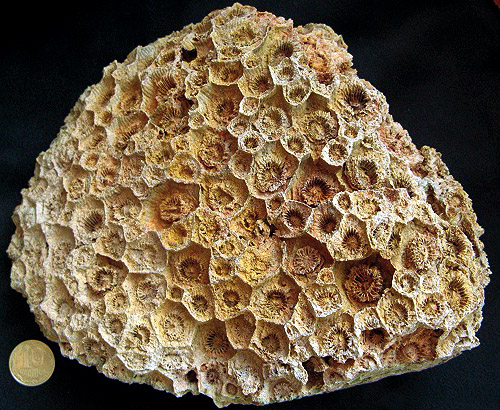
Quartz corals, Komsomolsk, Donbass, southeast of Ukraine, the CIS.
, Donbass, fossil minerals (March 29, 2013, 06:55 am).
Corals - a favorite decoration since ancient times. Beads of pink coral are found in the Wildscheyer Cave in the parking lot of the Paleolithic era. Ancient Greeks considered pink coral a symbol of immortality and happiness. In the Middle Ages it was believed that coral makes a person wise, prevents trouble. Nowadays, the coral is highly valued by jewelers around the world. The great popularity of corals leads to the fact that they are predatory exterminated - faster than growing, and therefore the issue of protecting corals is very relevant. In addition to corals with a natural color, ennobled corals are applied artificially surface-painted in the desired color (most often bright red).
In France, P. Jilson developed a method for obtaining artificial corals of eight colors - red, light pink, pale yellow, white, color of bovine blood, salmon, angel skin, champagne. When creating an artificial coral, natural calcite and color were used. Prerequisites: high pressure and adequate temperatures. Artificial corals are many times cheaper than natural ones of the same color and quality. Since they are not a product of the vital activity of living organisms, they can be considered as a successful imitation of corals with similar properties and appearance. One of the important distinctive features of P. Jilson's corals is the absence of a network pattern, characteristic of natural natural corals. Does not contain organic inclusions.
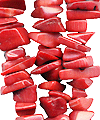
 Magic properties of stones.
Magic properties of stones.
Corals were especially popular in Ukraine in past centuries as an indispensable element of the national Ukrainian clothing of well-off women - coral namesto (red and especially pink coral round beads) has been traditionally an invariable attribute of the Ukrainian national costume for several centuries. Corals have many legends and beliefs. In many countries, including the ancient Greeks, pink corals were symbols of immortality and happiness. It is believed that corals have a beneficial effect on the human psyche, contribute to the development of logic and intuition.
In medieval Europe, the coral was a symbol of modesty (Ukraine, the CIS). According to the Greek and Roman legends, the coral was sometimes found in the brains of dragons. Perhaps, therefore, in Russia, the coral was considered a prophetic stone. It is a wonderful amulet for children. As an amulet protects the owner from lightning, bad people, can even remove spoiling. Coral gives the owner wisdom, and spoiled people - modesty. Talisman of romantics, he actively influences the imagination, gives the master elegance and subtlety of perception. Wards of travelers, relieves them of hurricanes, storms, unpleasant encounters and safely returns home. In Japan, white coral powder is used to accelerate the healing of bone fractures, in dental prosthetics. Feeded by coral plants have great endurance and fertility (but it is better to use slaked lime).
Coral is worn to effect internal changes. It is believed that corals reduce stress and fear and promote a happy life together. He dispels stupidity, nervousness, fear, depression, thoughts of murder and suicide, panic and nightmares, gives prudence, courage and wisdom. Coral is used to attract good luck. It also enhances the gift of foresight. Talisman of romantics, he actively influences the imagination, gives the master elegance and subtlety of perception.
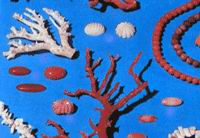
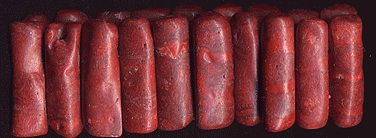


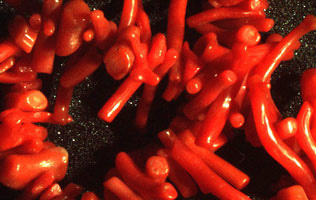



The Kotui River (Middle Siberia, RF, CIS) is a reserve of stone sphinxes and a natural mineralogical museum. The first threshold Sonata. Fossil corals of different forms and species. Fossil mineralogy paradise. Photo , 2014
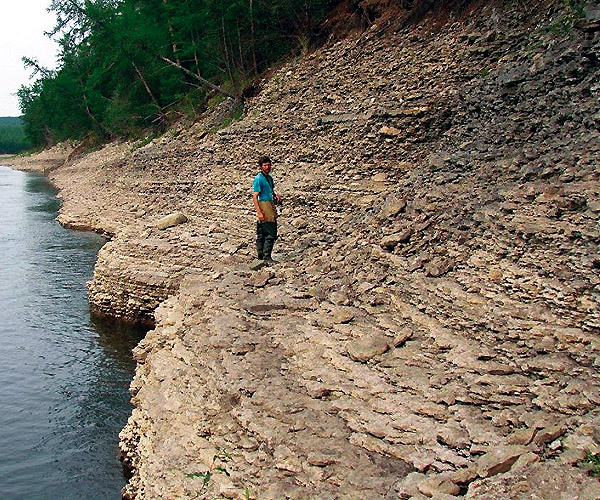
Cliffs, entirely consisting of single and colonial corals of different types and sizes.
It looks like a horizontal basalt slate, in fact it is an ancient coral
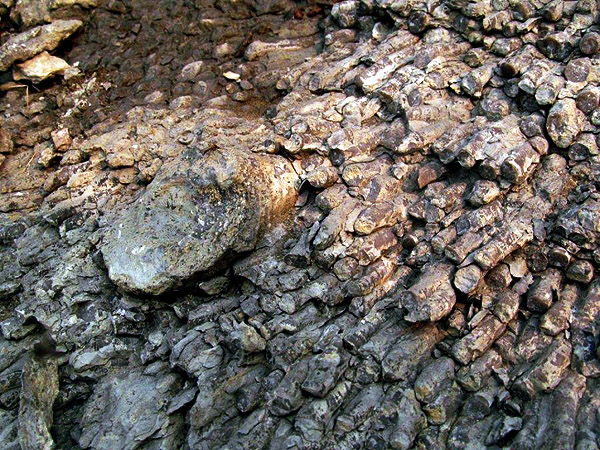
Coral breakage - elements of an ancient coral reef and fragments of corals.
It looks like stone basalt separations and the result of activity of volcanoes
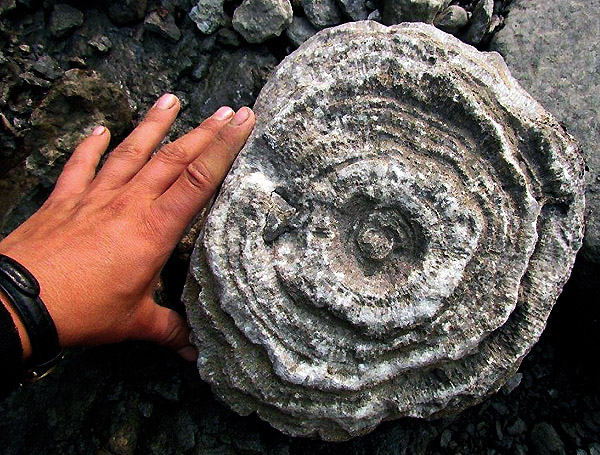
One of the major fossil corals. We called such corals "ears" - structure.
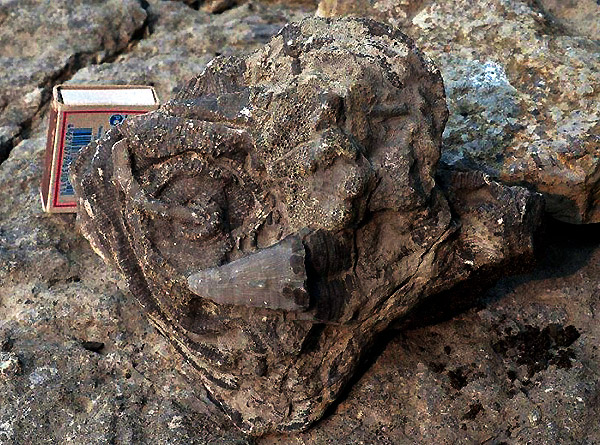
Different types of colonial and solitary corals in one fossil sample. Sponges.
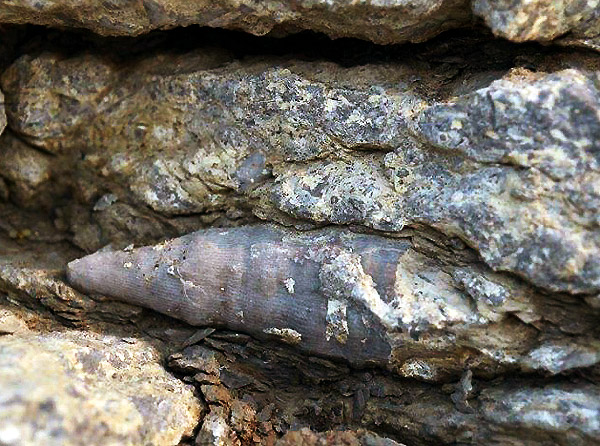
A single fossil coral in the coastal cliff of Kotuya. Kremni. Opal. Cracks in the precipice.
Poisonous and radioactive dangerous stones and minerals
** - poisonous stones and minerals (mandatory check in the chemical laboratory + explicit indication of toxicity).
** - radioactive stones and minerals (mandatory check on the standard dosimeter + ban on open sales in the case of radioactivity over 24 milli / g / h + additional measures of population protection).
All rare stones are subject to mandatory inspection at the standard dosimeter for the permissible level of radiation and in the chemical laboratory for the absence of poisonous and evaporating components that are dangerous to humans and the environment.


Comments
Commenting on, remember that the content and tone of your message can hurt the feelings of real people, show respect and tolerance to your interlocutors even if you do not share their opinion, your behavior in the conditions of freedom of expression and anonymity provided by the Internet, changes Not only virtual, but also the real world. All comments are hidden from the index, spam is controlled.